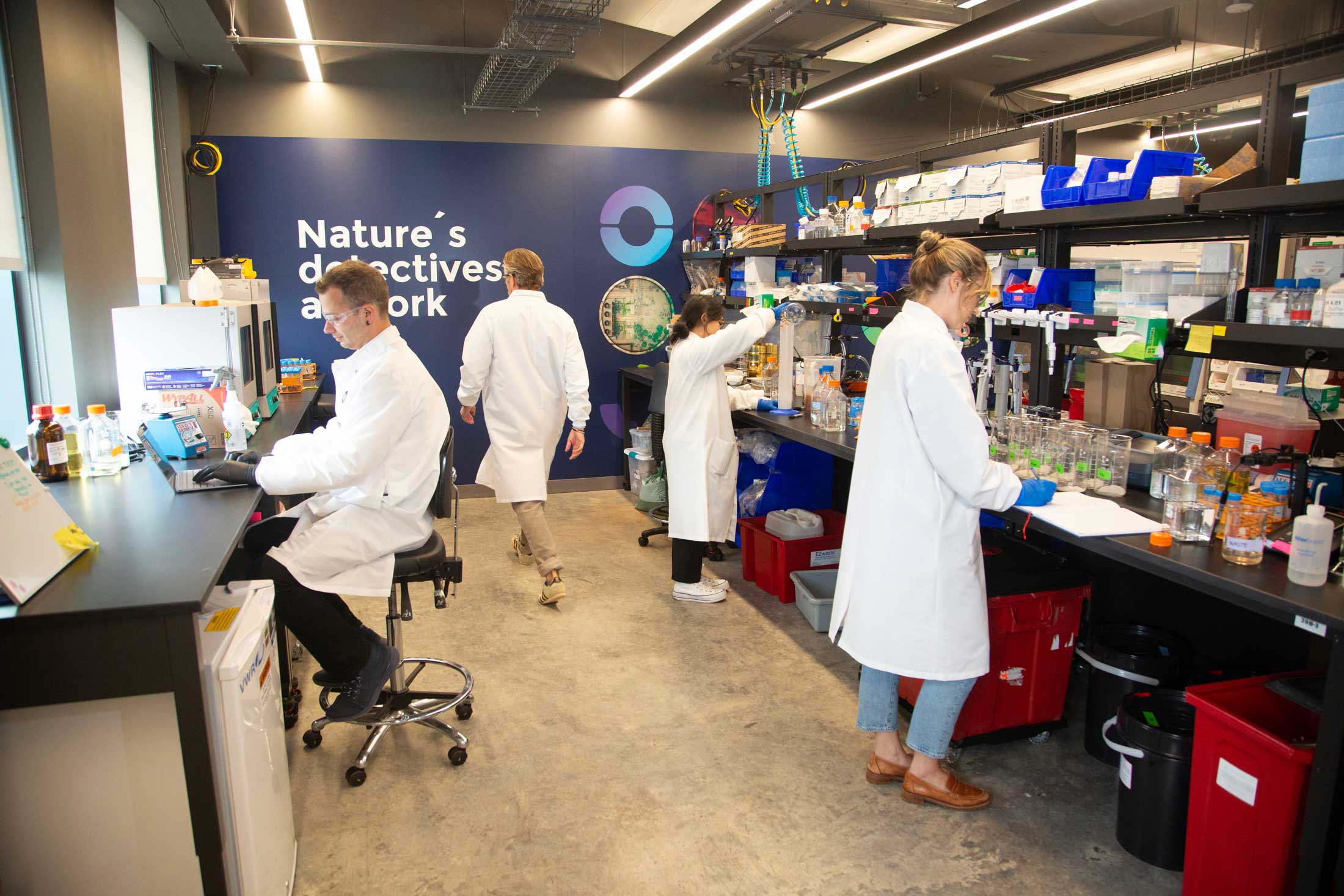Ai Digital Biology
Artificial Protein Design Gets Boost From Revolutionary Method
Custom proteins are no longer a dream, thanks to this groundbreaking AI-powered approach
Nov 21, 2024
[DALLE]
In the grand tradition of scientific breakthroughs that bridge the chasm between the theoretical and the practical, protein design has emerged as a frontier. Imagine crafting molecular machines that don’t just mimic nature but surpass it—customized antibodies for cutting-edge therapies, enzymes tailored for precise chemical reactions, and biosensors that elevate diagnostic accuracy. This isn’t science fiction; it’s the promise of de novo protein design, now supercharged by AI.
And here's the kicker: a team of researchers has cracked the code for designing these molecular marvels more efficiently than ever before. Their secret weapon? A clever twist on the AI-driven AlphaFold2 software, a tool so transformative it bagged the Nobel Prize in Chemistry in 2024.
The Protein Puzzle
Proteins are the workhorses of biology. They build, transport, catalyze, and defend. It’s no wonder scientists are obsessed with them. The natural variety is impressive, but why settle for what evolution offers when we can design better ones? Enter de novo proteins—artificial molecules engineered to tackle challenges that natural proteins weren’t built for. Think drug delivery systems, virus hunters, or enzyme catalysts for green chemistry.
But designing proteins isn’t as simple as tossing amino acids into a blender. Their function depends entirely on their structure—how they fold into the intricate 3D shapes dictated by their amino acid sequence. Until recently, predicting these shapes was a Herculean task, requiring years of painstaking experiments. Then AlphaFold2 arrived, upending the field with its uncanny ability to predict protein structures with near-perfect accuracy.
The masterminds behind AlphaFold2, Demis Hassabis and John Jumper of DeepMind, shared this year’s Nobel Prize with David Baker, a pioneer in de novo protein design. Their combined work has laid the foundation for a new era of molecular engineering.
A Bold New Method
Building on this foundation, an international team led by Hendrik Dietz (Technical University of Munich) and Sergey Ovchinnikov (MIT) has developed a novel method to design proteins with unparalleled precision. Published recently in Science, their approach combines AlphaFold2's predictive muscle with a mathematical optimization technique called gradient descent. It’s a marriage of cutting-edge AI and good old-fashioned problem-solving.
Gradient descent, for the uninitiated, is like a hiker finding the quickest path downhill to the valley of optimization. Applied to proteins, it compares the structure of a newly designed protein (predicted by AlphaFold2) with the desired target structure. The algorithm iteratively tweaks the amino acid sequence, inching closer to the perfect fit.
Here’s where things get interesting: the team doesn’t constrain their designs to what’s physically possible—at least not initially. Instead, they allow all potential amino acid combinations to overlap virtually, creating a probabilistic soup of possibilities. It’s a daring approach, akin to brainstorming without boundaries. Only later do they refine this chaotic start into a viable sequence that can be synthesized in the lab.
From Virtual to Reality
The real test of any protein design isn’t in silico; it’s in the lab. Does the protein behave as predicted? Can it perform the desired function? Dietz’s team tackled these questions head-on, designing over 100 proteins virtually, synthesizing them in the lab, and subjecting them to rigorous tests.
The results were nothing short of spectacular. "We were able to show that the structures we designed are very close to the structures that are actually produced,” says Christopher Frank, the study’s first author. These weren’t puny molecules, either. The team created proteins up to 1,000 amino acids long, edging into the territory of complex natural proteins like antibodies.
Why is this significant? With proteins of this size, researchers can start integrating multiple functions into a single molecule. Imagine a designer protein that recognizes pathogens, neutralizes them, and signals the immune system—all in one package. The potential applications span medicine, diagnostics, and even green chemistry.
The Bigger Picture
This isn’t just about making cool proteins. It’s about transforming the way we approach biology. Instead of observing nature and tinkering at the edges, we’re taking the reins, designing life at the molecular level. The implications are vast, from curing diseases to building a sustainable bioeconomy.
Of course, there’s still work to do. AI can only take us so far, and there’s always the unpredictable chaos of biology to contend with. But with tools like AlphaFold2 and methods like gradient descent, the dream of fully customized, high-performance proteins is no longer a distant goal. It’s here, and it’s changing the game.


















